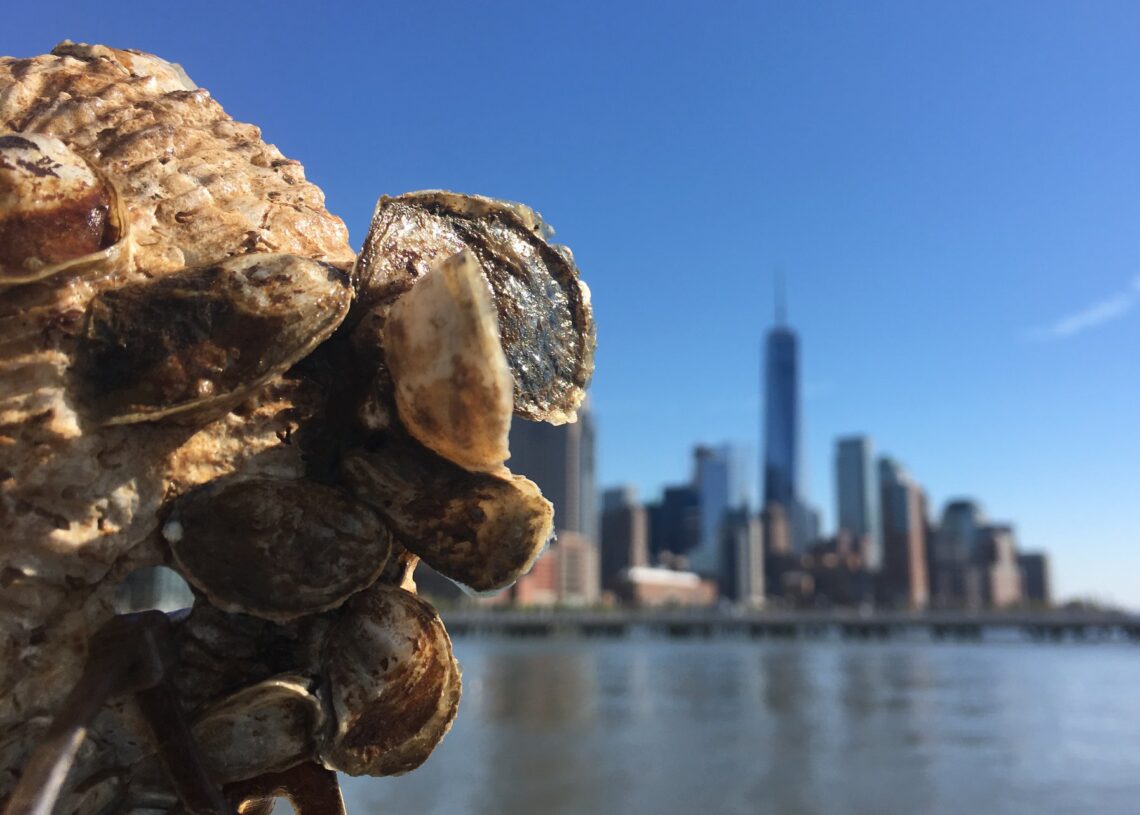The New York Harbor once flourished with an abundant oyster population, integral to the local ecosystem and economy. Over time, however, this vital population faced decline due to overharvesting, pollution, and urban development.
In a remarkable effort to reverse this trend, the Billion Oyster Project, a significant conservation initiative, has been working tirelessly to restore oyster reefs to the harbor. But experts at the Hudson River Park Trust and Billion Oyster Project report that the news is not good: the program is not proving to be a success. About half of the bivalves they place in the water die.
The groups have not been able to identify a major reason. Instead they suggest that there “are myriad reasons why the oysters – which they raise in hatcheries, place on artificial reefs and then drop in the harbor – are dying off in such large numbers”.
Cold winters and predators are major factors. But one of the main challenges is that, “The population of oysters [in NYC] is functionally extinct. There are some pockets here and there, but overall there’s no larval source,” said Meredith Comi, coastal resilience and restoration practitioner for the Urban Coast Institute at Monmouth University. “We have to do everything from scratch.” As they indicated, in order for oysters to flourish, they need to be part of a large population, yet despite planting 122 million oysters in New York Harbor so far, experts say they haven’t yet reached the critical mass when the mollusks will begin reproducing on their own in significant numbers.
“There are challenges of just working in the most urban estuary on the planet with a lot of boat traffic, pollution, zero visibility and a lot of strong currents,” Comi said.
Matt Hare, a Cornell University professor who works with the project, said there’s no clear evidence yet that the oysters they’re planting are reproducing on their own and until that happens, the project cannot succeed.
However, Carrie Roble, the project leader for the Hudson River Park Trust, said she’s hopeful that in the coming years some of the oysters they’ve planted will reach maturity and breed. Oysters, which can change genders, reproduce by releasing sperm and eggs. Fertilized eggs drift in the water column for two to three weeks. If they survive, they settle on a surface – including, possibly, artificial reef balls or cages.
“We’re putting out structures, but it’s like a needle in a haystack if they find them,” Comi said. “There’s not enough oysters out there to really have this population boom.”
Even if the current method does not prove to be immediately successful, it will still be useful. “We’re just excited that we can collect this data, analyze it,” said Roble. “It’s going to inform future designs.”












